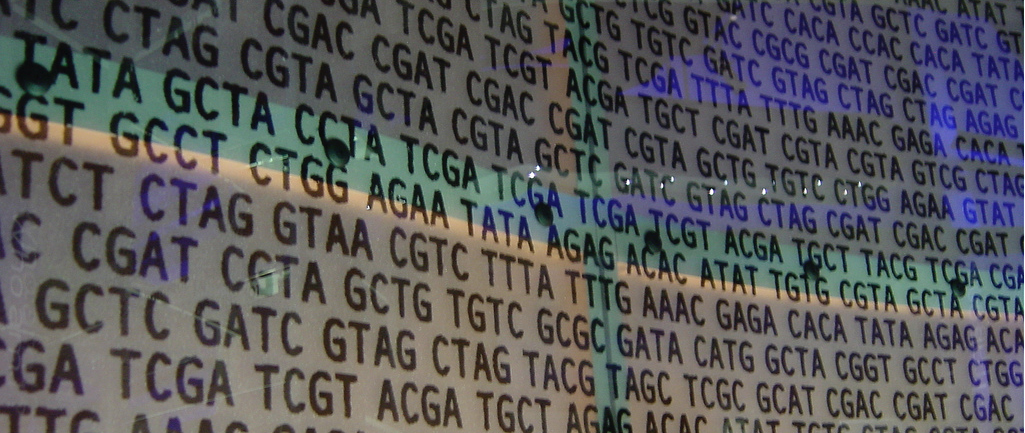New Scientist
Image: Martina Gobec
Sequencing genomes has become easy. Understanding them remains incredibly hard. While the trickle of sequence information has turned into a raging torrent, our knowledge isn’t keeping up. We still have very little understanding of what, if anything, all our DNA does.
This is not a problem that can be solved by computers. Ultimately, there is only one way to be sure what a particular bit of DNA does – you have to alter it in real, living cells to see what happens. But genetic engineering is very difficult and expensive.
At least, it used to be. Last month, two groups announced that they had performed a mind-boggling feat. They targeted and disabled nearly every one of our genes in cells growing in a dish. They didn’t knock out all the genes in each cell at once, of course, but one gene at a time. That is, they individually modified a staggering 20,000 genes. “It’s truly remarkable,” says Eric Lander, director of the Broad Institute of MIT and Harvard, who led one of the studies. “This is transformative.”
To put it into perspective, in 2007 an international project was launched to target and “knock out” each of the 20,000 genes a mouse possesses. It took the collective effort of numerous labs around the world more than five years to complete, and it cost $100 million. Now two small teams have each done something similar in a fraction of the time and cost. The secret: a simple and powerful new way of editing genomes. The term breakthrough is overused, but this undoubtedly is one. “It’s a game-changer,” says Feng Zhang, also at the Broad Institute, who led the other study. Read more on newscientist.com…








